From basically the day we are born, we are taught how to behave around traffic. “Look both ways before you cross the street,” is one of the defining lessons of early childhood, it stands out in my memory as clearly as The Golden Rule. There’s even a Barney song about it.
As we grow older, we learn more rules about how to safely navigate public space when confronted with the ever-present reality of multi-ton, fast-moving metal boxes operated by people who often aren’t paying attention. Wait for the walk signal, wait at the crosswalk, yield to oncoming traffic, don’t be a distracted pedestrian, bike defensively, don’t bike at all.
This approach to traffic safety puts the onus on people walking, biking, skating, or rolling to keep themselves safe from being hit by cars, rather than putting the onus on people driving to not hit anybody else with their cars. It’s a classic victim-blaming approach, and if we want to eliminate the absolutely startling number of fatalities and injuries taking place on our streets every year, we need to flip this script.
Rather than teach our children, “look both ways before you cross the street,” we need to teach our teenagers to look out for children crossing the street while they’re driving. Rather than tell bicyclists to bike defensively, we need to stop being so accepting of people who drive aggressively. Rather than ask whether somebody was texting and walking when they got hit by a car, we need to ask why somebody was driving in a manner that they didn’t notice the texting pedestrian about to step out into traffic.
Because even though we all share a responsibility to keep the roads safe, the bulk of that responsibility must be placed on those with the greatest capacity to inflict harm.
So in an effort to make roads safe for all users, and because I’m getting really tired of almost getting right-hooked on a daily basis, here’s some friendly advice for motorists on how to drive if you don’t want to kill people. Tell your friends!
Slow Down
Most people drive way too quickly. Speed limits, which in most cases are too fast anyway, are largely treated as suggestions rather than laws designed to keep people alive. When I drive, I drive the speed limit or lower (it’s a limit, not a minimum). As a result I am roundly mocked by the passengers in my car and frequently honked at or passed by the vehicles behind me. But speed limits are there for a reason. According to Public Health Physician Dr. Perry Kendall, if a pedestrian gets hit by a car traveling 19 mph (30 km/h), they have around a 90 percent chance of surviving. If the car is traveling 30 mph (50 km/h), their survival chances are reduced to 15-20%. That should be significant enough for anyone to slow down.
Moreover, driving slowly gives you more time to react to unexpected situations, lessening your chances of hitting that pedestrian in the first place. If you’re driving 30 mph (50 km/h) through a residential area and a child darts out in front of your car, it will be difficult to stop in time to avoid hitting them. Go slow, and there will be enough time to react to potential incidents.

Not the best place for daydreaming. Photo by Henry
Pay Attention
Most of us have been driving for a long time, and we drive often. Cars are so ubiquitous in our culture, so regular a part of our everyday routine, that it can be easy to forget just how serious of a responsibility they are. So when we get in our cars, most of us are not actively thinking about the process of driving them. We’re thinking about where we’re going, what we’re going to do when we get there. Maybe we’re having an engaging conversation with our passengers, or going over mental notes from our last meeting. Maybe we’re sending a text, or searching for a playlist on our phone. The point is, we’re not really paying attention.
But if you don’t want to kill someone with your car, you really, really, need to pay attention. The entire time you’re driving. Look at the road, and think about what’s on it. Look at all of the other people using the road, pay attention to what they’re doing, and try to predict what they might do next. If the conversation you’re having is distracting, stop having it. If you need to finish the conversation, pull over and do so. Driving a car is a serious responsibility we’re entrusted with when we get out licenses, and we need to treat it as such.
Be Sober
I don’t need to tell you why you shouldn’t drink and drive. Driving under the influence has fortunately seen a serious reduction in frequency over the past few years, largely because of the hard work of organizations such as M.A.D.D., but there are still people who do it. You know why this is stupid, let’s not do this anymore folks.
Expect the unexpected
In dense urban environments, there are people of all ages and abilities moving around the streets in a variety of modes. When you’re driving down the street in such a context, it’s important to remember that the street is not only for you, and you can’t assume unobstructed access to it.
Somebody might step out in front of you, a bicyclist may swerve into your lane, another driver may swerve into your lane to avoid a bicyclist who swerved into theirs. When you’re navigating a vehicle through a space packed with thousands of other people – each with their own agenda – you have to prepared for the unexpected. This ties back into the previous points about slowing down and paying attention. Be aware of the other cars near you so you’ll know if it’s safer to slam on the brakes or swerve to avoid an obstruction. Be aware of the people at the edge of sidewalks who look like they might be about to cross. Understanding that other road users can be unpredictable goes a long way to mitigating the risk of slamming into them when they surprise you.
Signal and shoulder check
If I pull up to an intersection in a protected bike lane and the car to the left of me has a right turn signal on, I wait behind it. This isn’t because I’m legally obligated to do so, I have the right of way, but because I understand that most people don’t shoulder check before they turn. I ride defensively, it’s annoying, but it usually works.
What doesn’t work is when I pull up to an intersection in the bike lane and a car has no signal on, so I continue straight through the intersection and they turn right into me. Even when people ride or walk or defensively (which, again, they shouldn’t have to), their efforts will be futile if motorists are driving unpredictably and carelessly.
“So I have to be predictable even when pedestrians and bicyclists often aren’t?” you say. “That sounds like a double standard.”
Nope, it’s a different standard. Since a motorist, a pedestrian, and a bicyclist have different capacities and vulnerabilities, there needs to be different standards for their behavior if everyone is going to get along safely. The bike lane I take home from work has so many pedestrians casually wandering in and out of it it may as well just be an extension of the sidewalk (which, to be fair, it kind of looks like it is). Understanding this to be the case, I just ride through it very, very slowly with my fingers ready on the brakes, because if I were to hit someone walking, it would hurt them a lot more than it would hurt me. Similarly, if I were to swerve into a traffic lane to avoid being doored and as a result was hit by a car, it would hurt me more than it hurt the motorist.
When you’re the one operating the multi-tonne steel box capable of traveling at great speeds, you have to be the one who is always predictable and always aware, even when more vulnerable road users are not.
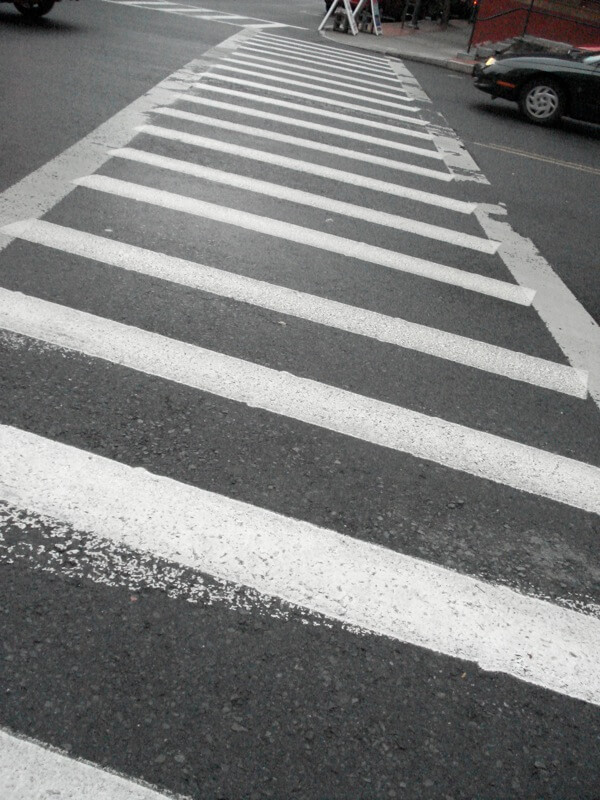
Not just for decoration. Photo by Amby
Respect the infrastructure
As much as we’re talking about driver behavior, one of the biggest determinants of the safety of road users is infrastructure. Separation of travel modes (such as through sidewalks and protected bike lanes) is one of the easiest ways to keep all road users safe. But the infrastructure is only useful if it’s respected and used appropriately. So, you know, don’t drive down the sidewalk. Or park in the bike lane. Or drive down a protected bike lane so fast you get your truck stuck in it. Yield to pedestrians at crosswalks, don’t turn into bike lanes without looking, slow down when the light turns yellow. Much like speed limits, infrastructure is there for a reason. Use it properly.
Calm down, or quit
Aggressive driving and road rage have become such pervasive issues in recent years that the Journal of Psychology and Criminal Psychiatry recently labelled them “a worldwide public health crisis.” While severe incidents of road rage – such as when a driver actually leaves their vehicle to physically attack another driver – are comparatively limited, a recent study found that 8 in 10 drivers in the US admit to displaying “significant anger, aggression or road rage in the past year.” Those drivers admitted to a combination of aggressive or dangerous activities: about 45 percent honk their horn out of anger; 33 percent make rude gestures; 24 percent block another car from changing lanes; 12 percent cut off other cars; and 4 percent have gotten out of their car to confront someone. If those figures seem low, consider the smallest one: only 3 percent of motorists surveyed admitted to having bumped or rammed another car on purpose due to road rage. But that 3 percent is a full 6 million people.
When we get to point as a society where 6 million in one country in one year have intentionally used their cars as weapons, we need to make some changes. So if you find yourself among those 6 million, or among the many million more who have acted out in road rage, it’s probably time to think about stepping back from the wheel for a bit.
Maybe thinking about taking up bicycling, it might just make you feel better.
Accept your responsibility
If all of the previous directives sound burdensome and difficult to you, it’s because they are. Driving safely is difficult. It requires diligence, a lot of patience, and a considerable amount of passing up on refreshing beers you’d rather be drinking. Rather than contribute to a society where walking and biking around the city can feel like dodging bullets, or where children can’t walk to the neighbor’s house without an adult, be part of the solution.
Drive safely, and encourage your friends to do the same. If you don’t, well, you might just kill someone.
Get your FREE copy of our new guide: Momentum Mag's Urban Cycling Guide
In our latest free guide, we share a few tips and tricks for anyone new to urban cycling who is looking to get started. We discuss the latests numbers regarding safety and cycling as well as go over a few rules of the road that every cyclist should know.
Thank you for your submission. Your free guide has been sent to the email address you provided.

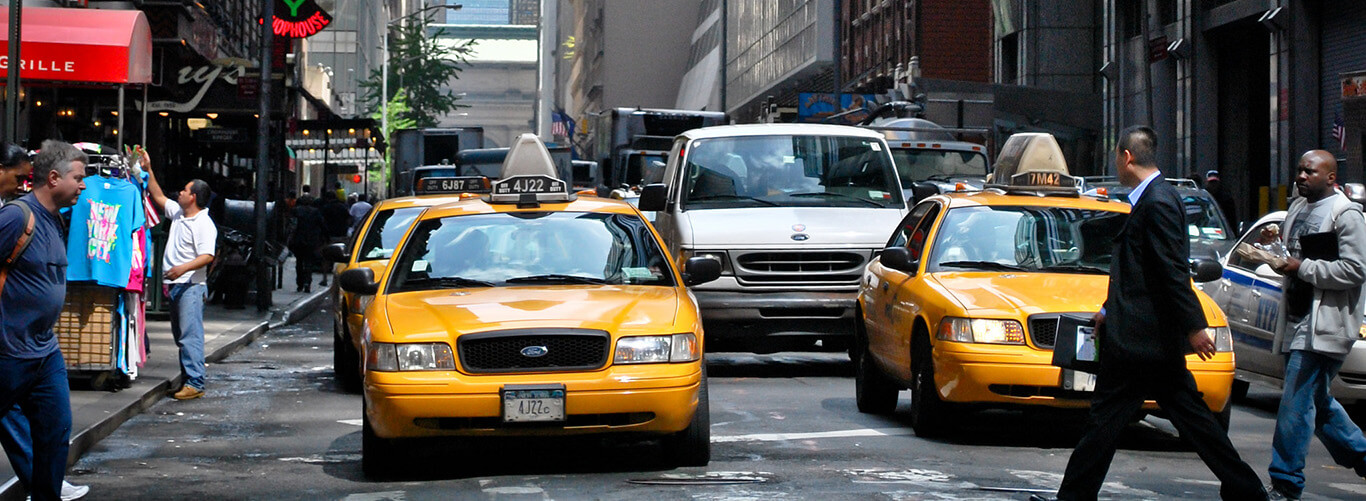



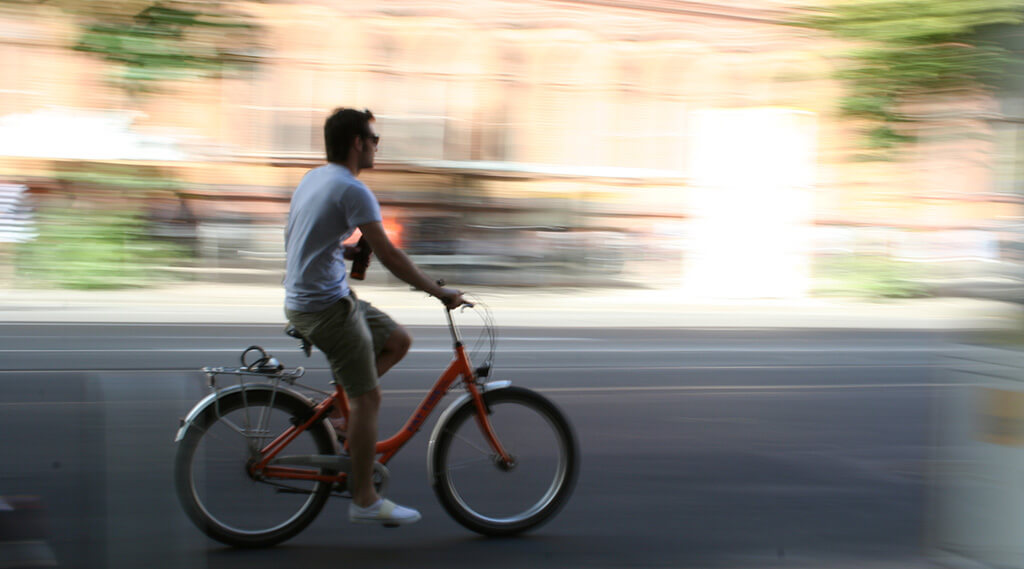

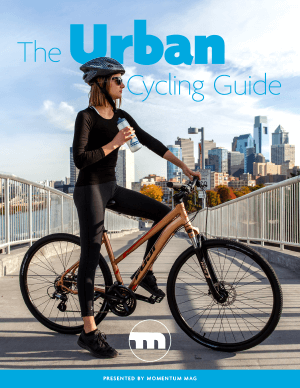

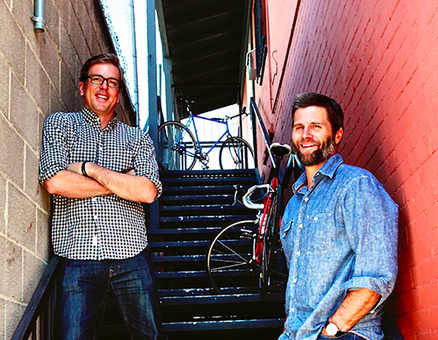
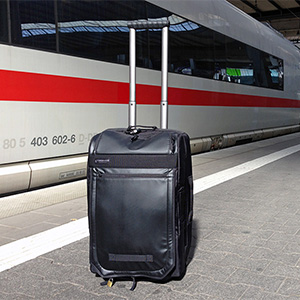
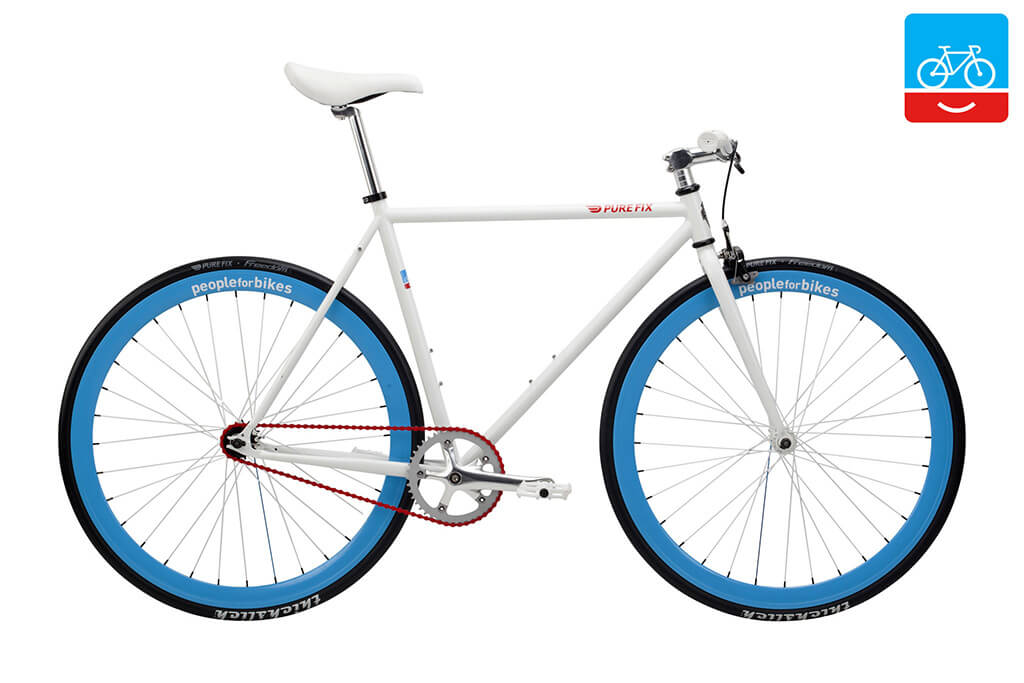
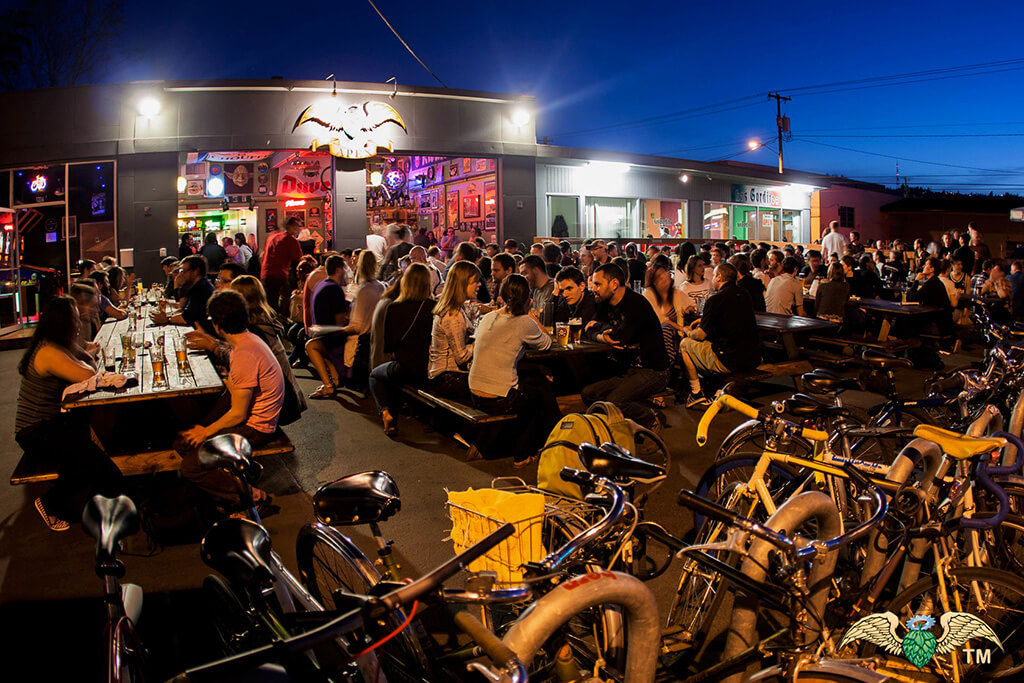
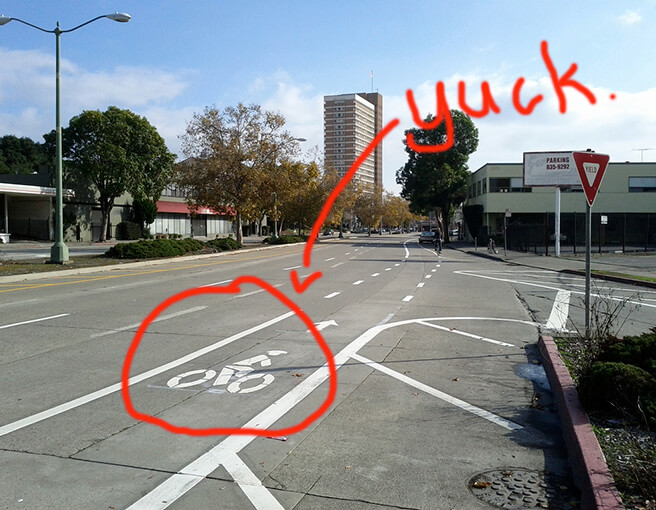
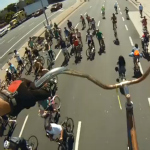
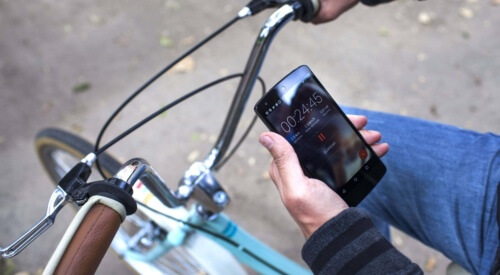
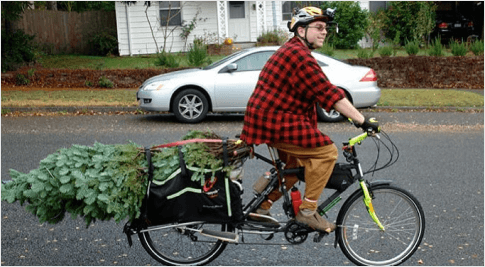
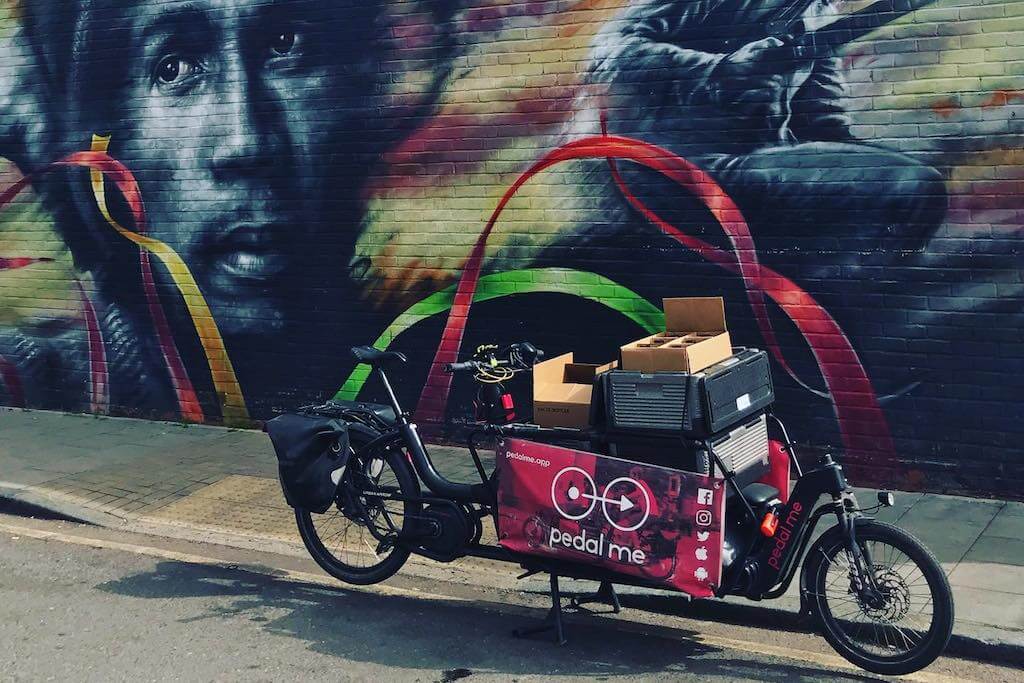

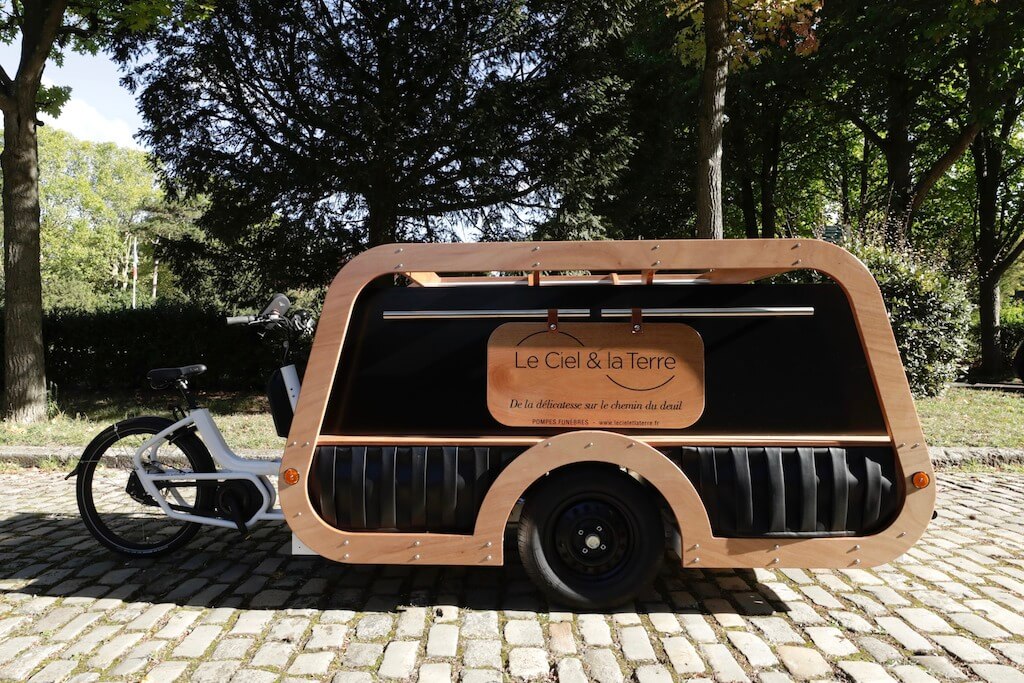
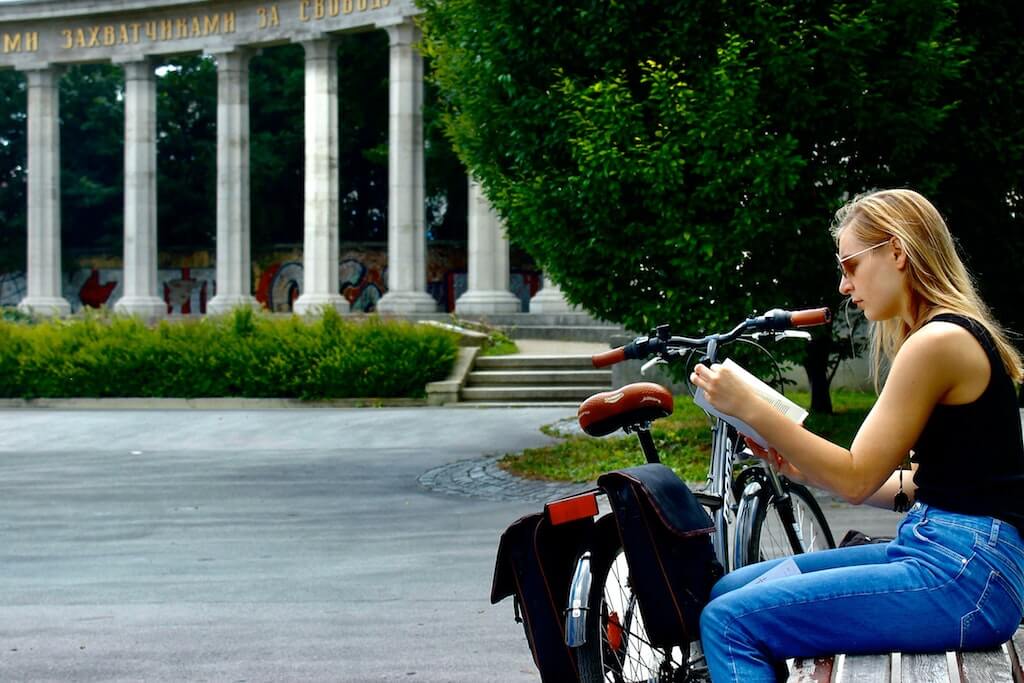
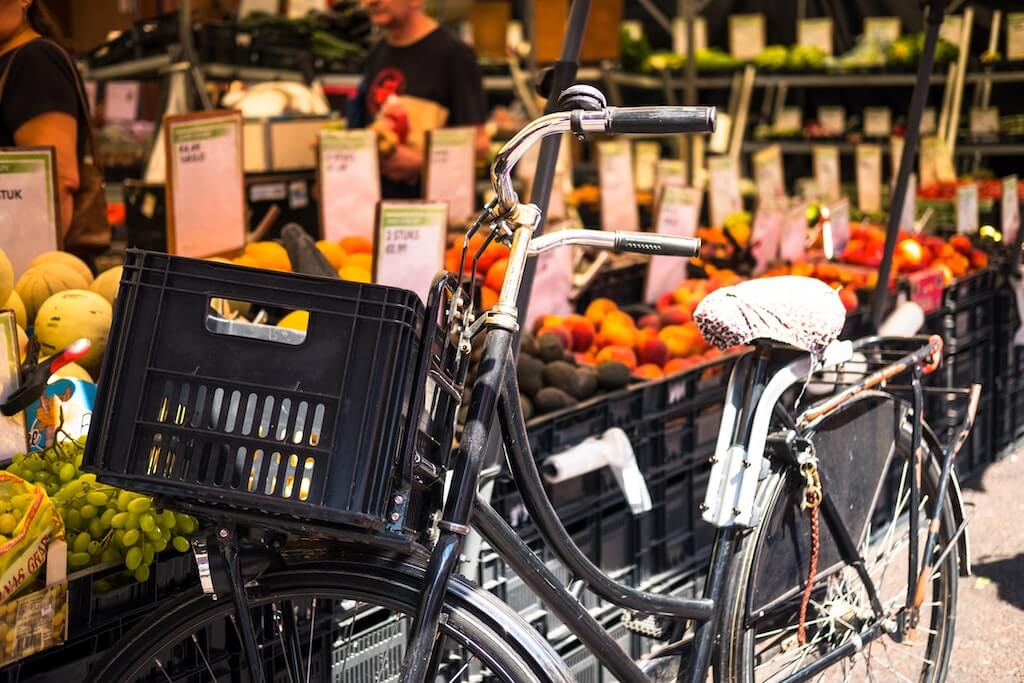
OMG. Thank u 4 laying it out. Shame one has 2 council people on what should b common sense practiced. I drive a 55mph toad twice a day n my biggest fear is whether that idiot coming toward me that keeps going over the center line then back in2 their lane will hit me head on. Its scary on the roads anymore. Car makers now make it even more possible 4 people not 2 pay attention. Why b concerned when ur car will stop 4 u. Bullshit. JUST PAY ATTENTION!!
A big part of the problem is the impatience of people. With lack of time being the biggest cause of rushing to an obligation, appointment or deadline. Time & patience take a back seat to safety. Any responsible Government would address this burden placed on it’s citizens & the resulting impact on society. Since money is usually at the root of all our problems, maybe a responsible approach is to lower all speed limits to increase the margins for injuries, force people to leave more time when driving & switch to a 30 hour work week. The societal benefits from this approach to slow down life would reduce unemployment as well as reduce the spiraling taxes & deficit.
Thank you! I did a bit of biking this weekend, and it was nerve-wracking, to say the least. Bike lanes were blocked by parked cars forcing me into speeding traffic, and at nearly every intersection by turning vehicles whose drivers refused to yield. Drivers tailgated, honked and cursed when I took the lane to prevent them from squeezing past me at high speed. Then there’s my daily experience as a pedestrian with drivers running red lights and careening around corners without slowing, oblivious to the pedestrians in the crosswalk with the light.
To everyone who says that vulnerable road users have to take responsibility for themselves, the leading causes of death and injury among this group are drivers speeding and failing to yield, not people throwing themselves in front of attentive drivers. We can do only so much to protect ourselves, and virtually nothing to protect anyone else. Drivers of motor vehicles must exercise care to avoid injury to all around them, because they have the capacity to injure and kill, intentionally or not. There is a proportional responsibility here.
I want to live in a world (or at least in a city) where I can walk down the street while lost in thought, or talking to a friend, in person or (gasp) on the phone, without constantly having to swivel my head and dive for cover. Drive like your loved one lives here!
Ein guter Artikel, und gut geschrieben!
Alle Verkehrsteilnehmer sollten sich daran halten:
– Motoristen,
– Radfahrer
– Fußgänger.
Good article, the only thing I would add is be positive about this “Driving safely is difficult.” Embrace that difficulty, develop the skill. Being a step ahead of the game, not having to brake sharply because you saw it coming, slowed down a little and allowed space and time to avoid creating a dangerous situation, not many drivers do that. Not many drivers know how, but you can learn it, and it saves you time fixing up after accidents and money on your insurance. Enjoy it.
Good comment, I was fairly late to driving compared to my peers at 23, I’d already had 9 years road riding under my belt starting in the mid 80s that was commuting, utility, fast weekend runs and touring. It took me 7 lessons to get to my test and I passed first time, the instructor was amazed at how easily I took to driving and be safe/make observations most learners wouldn’t think about. I then did my advanced a few years later and in fact gave some instruction/thoughts to the advanced driving trainer with regards to safe driving/positioning they hadn’t thought about simply because they weren’t riding a bike.
I’ve found that by thinking/concentrating on your driving you can actually not just be safer but also it makes your journey far smoother, less stressful and indeed quicker (without speeding) You learn to read the road better, you anticipate and assess faster and more accurately plus you brake far less thus safer for everyone including yourself.
I rarely drive these days, in fact I haven’t driven since September 2017 but my main journey is to visit family in the North of England, a 3 hour trip on a 70mph road and I can do that without any music, far better to be focusing on what you’re doing and constantly assessing your actions and that of others.
Regarding the greater responsibility of driving a car vs. walking or cycling: I sometimes hear objection to this, and not just from motorists. However, I point out that to drive there is a minimum age, a licensing process (that takes several years with Graduated Licensing), and an obligation to purchase insurance. Then there is elaborate and expensive roadway traffic law enforcement, prosecution and sentencing. By contrast, children can, and do, walk and cycle – from an early age. That different legal structure very roughly illustrates the difference in responsibility between the two activities.
@Paul Glassen, you’re right, the points you make emphasize Hilary’s point about greater responsibility. However, once a driver has their licence, antisocial habits soon creep in. The licensing system then only rears its head again when it has to be used as a sanction. This article is the answer to the endless “education” that tries to make the potential victims responsible for the tons of metal hurtling around the streets at high speed that they didn’t necessarily ask for.
Comments are closed.